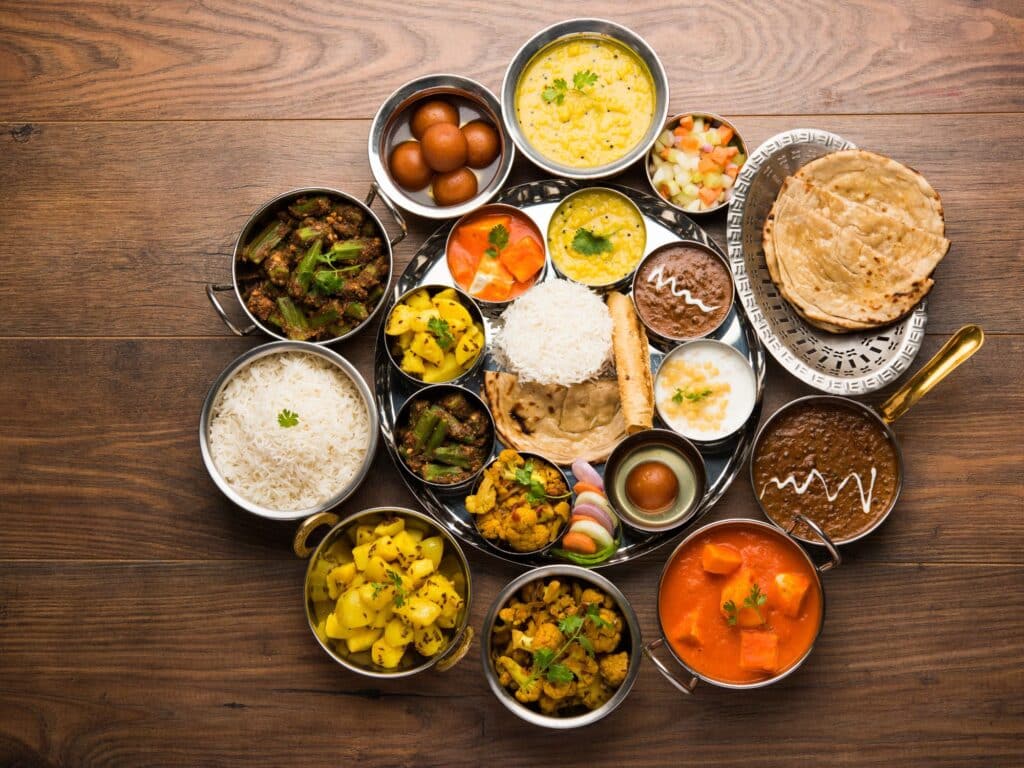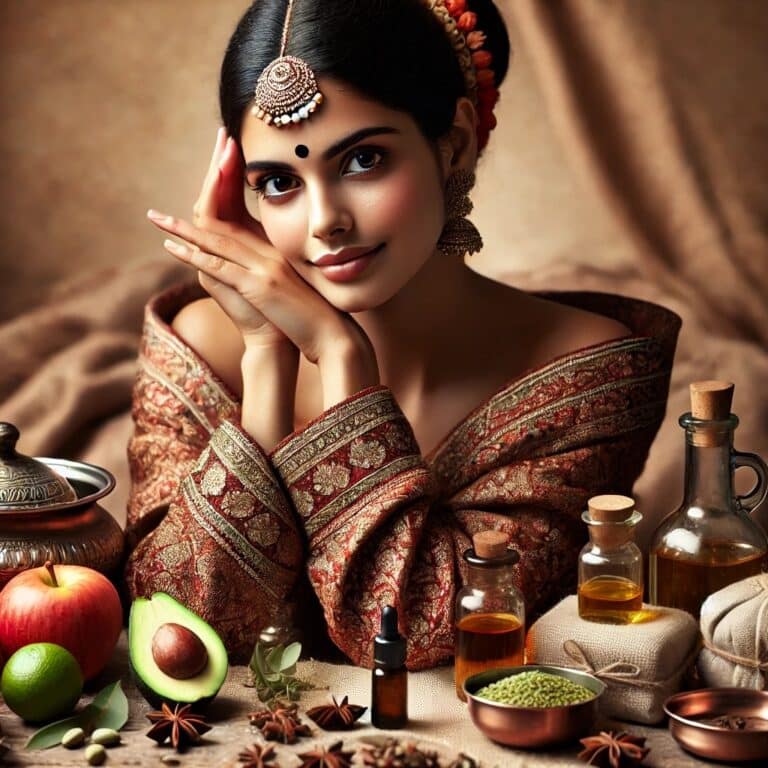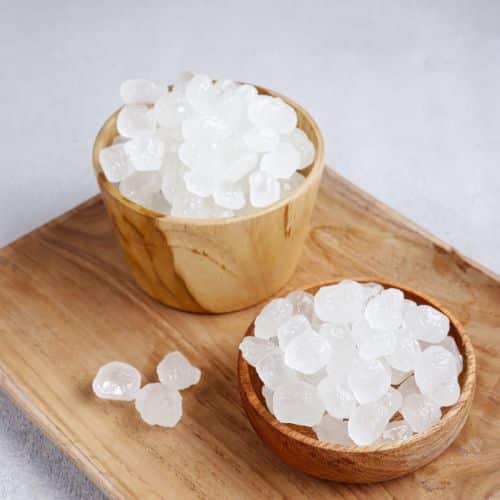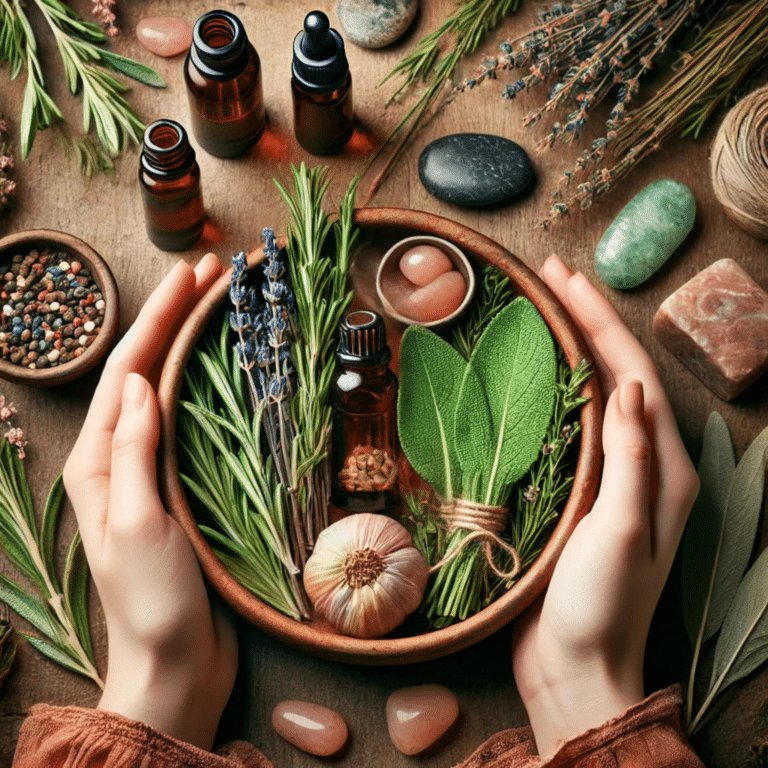If you’ve ever marveled at the vibrant, symmetrical display of an Indian thali—tiny bowls circling a plate, each filled with different colors, textures, and aromas—you’re not alone. But a thali isn’t just a feast for the senses. It’s an ancient nutritional blueprint, crafted to nourish body, mind, and spirit.
In the West, the word “complete meal” often refers to protein, carbs, and a side salad. Maybe a vitamin supplement thrown in. But the Indian thali goes far beyond macros. It embodies a philosophy of balance that includes taste, digestion, hydration, and even emotional well-being.
More Than a Meal: A Nutritional Philosophy
Each element on the thali has a purpose. The lentils (dal) bring protein and fiber, vegetables add roughage and micronutrients, fermented pickles aid digestion, yogurt cools and balances, chutneys spark appetite, and flatbreads or rice serve as grounding staples.
There’s always a touch of something sweet too—not as a dessert, but as a way to round out the flavors and soothe the system. All six tastes in Ayurveda—sweet, sour, salty, bitter, pungent, and astringent—make an appearance.
Eat Your Water: A Revolutionary (and Ancient) Idea

One of the most fascinating aspects of Eastern eating practices is the idea of “eating your water.” Instead of guzzling water with meals—a habit that can dilute digestive enzymes—a well-constructed thali incorporates moisture through high-water-content foods.
Think: juicy vegetables like cucumber, pumpkin, or bottle gourd; cooling raitas (yogurt-based sides); and soupy dals. The water locked inside these ingredients is more bioavailable and absorbed more slowly, which means better hydration, improved digestion, and less burden on your kidneys.
I remember my grandmother cautioning us as children: “Don’t drink too much water while eating—you’ll douse the digestive fire.” At the time, it sounded poetic. Later, I realized it was a literal truth rooted in Ayurvedic wisdom. The enzymes and acids in our stomachs are powerful, but they’re also precise. Flood them with water, and you blunt their edge.
Simple switch: Try having a small bowl of cucumber salad or watery veggies like lauki (bottle gourd) instead of chugging a full glass of water with your meals.
The Western Water Trap
In contrast, the Western approach often separates hydration from eating. Large glasses of cold water are consumed with dense, low-moisture meals—think meat and potatoes, sandwiches, or pasta with minimal vegetables.
Cold water with food? That’s another red flag in Ayurveda. It shocks the digestive system, tightens the gut’s blood vessels, and slows enzymatic activity.
Here’s a relatable scenario: ever felt bloated or heavy after drinking soda or ice-cold water with a fast food meal? That sluggishness is your gut’s way of saying, “Can I digest this in peace, please?”
A better way: Instead of icy beverages, sip warm water or herbal infusions throughout the day. With meals, limit fluids to a few small sips of room-temperature water, but let the food do most of the hydrating.
Slow, Mindful, and Intuitive
The thali isn’t rushed. It invites you to eat with your senses—to appreciate color, aroma, and texture. The portions are small, encouraging variety over volume. You eat until you’re nourished, not stuffed.
In my family, eating was never done standing or while scrolling on a phone. Plates were full, but so was the conversation. You were encouraged to eat slowly, chew thoroughly, and pause often.
Western meals, on the other hand, often become solo acts of multitasking—eaten in front of screens, on the move, or as an afterthought. We finish before our body can register satiety.
Try this: Next meal, set your utensils down between bites. Breathe. Notice. Appreciate. Even if you’re eating alone, treat your plate like company.
Digestive Harmony
The elements of a thali work synergistically to promote digestion. Spices like cumin, ginger, and turmeric stimulate enzymes. Bitters like fenugreek and mustard seeds cleanse the palate and liver. Ferments like pickles encourage gut health.
Each component plays a role: dal provides prebiotic fiber, rice offers quick energy, and pickles spark hydrochloric acid production.
My aunt had a saying: “If your plate doesn’t have something sour, your digestion won’t sing.” She’d add a drop of lemon juice or a tangy chutney to almost everything. Turns out, she was right—acidity helps the stomach break down food faster.
Gut-friendly habit: Add a small spoon of fermented pickle or a few sprigs of fresh mint chutney to your plate. These tiny portions make a big difference.
A Return to Wisdom
In a world obsessed with trends, the Indian thali is a timeless treasure. It reminds us that food is not just fuel. It’s memory, medicine, and mindfulness.
You don’t need to reinvent your diet overnight. But a few thoughtful changes—hydrating with food, reducing liquids at mealtime, slowing down, and using digestion-enhancing spices—can transform not just your meals, but your energy, skin, and mood.
So the next time you sit down to a meal, Eastern or Western, ask yourself: Are you hydrating with your food? Are you eating for balance, not just fullness? Are you respecting your body’s rhythms?
If you’re not sure where to begin, let a humble thali show you the way.
Curious about how to craft your own thali at home? Stay tuned for our upcoming guide on building balanced Indian meals with local ingredients and timeless wisdom.






